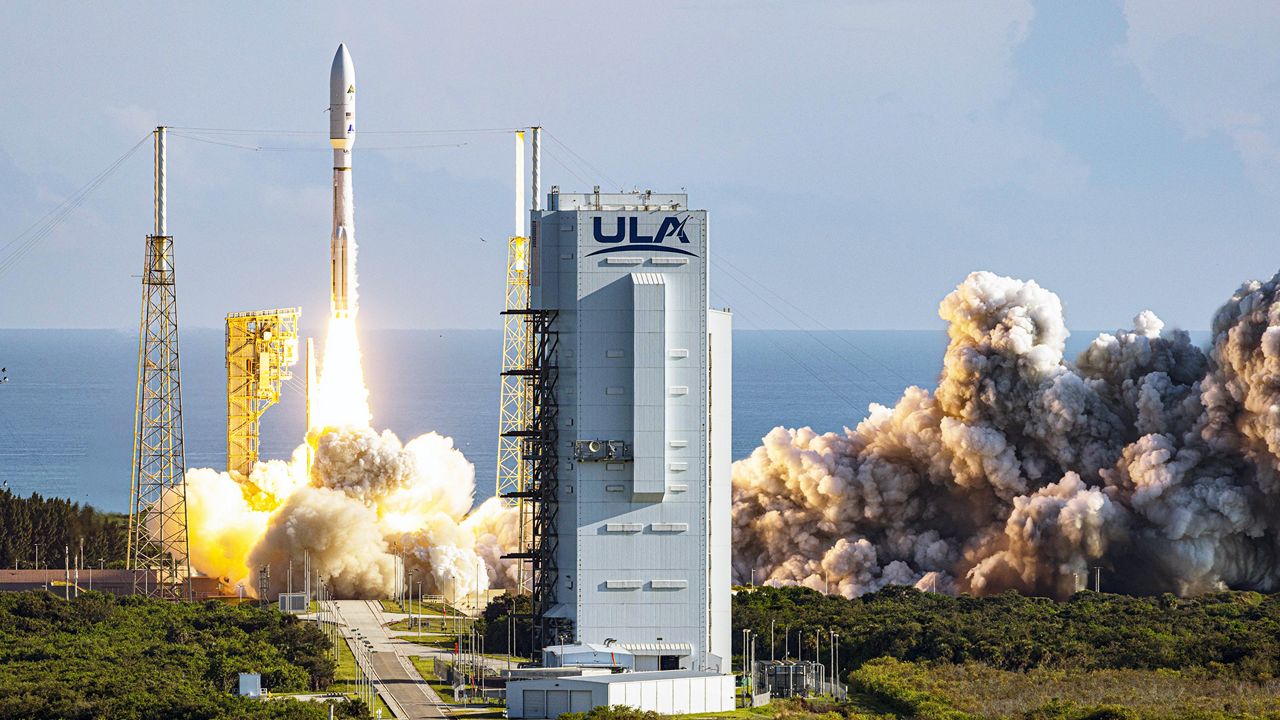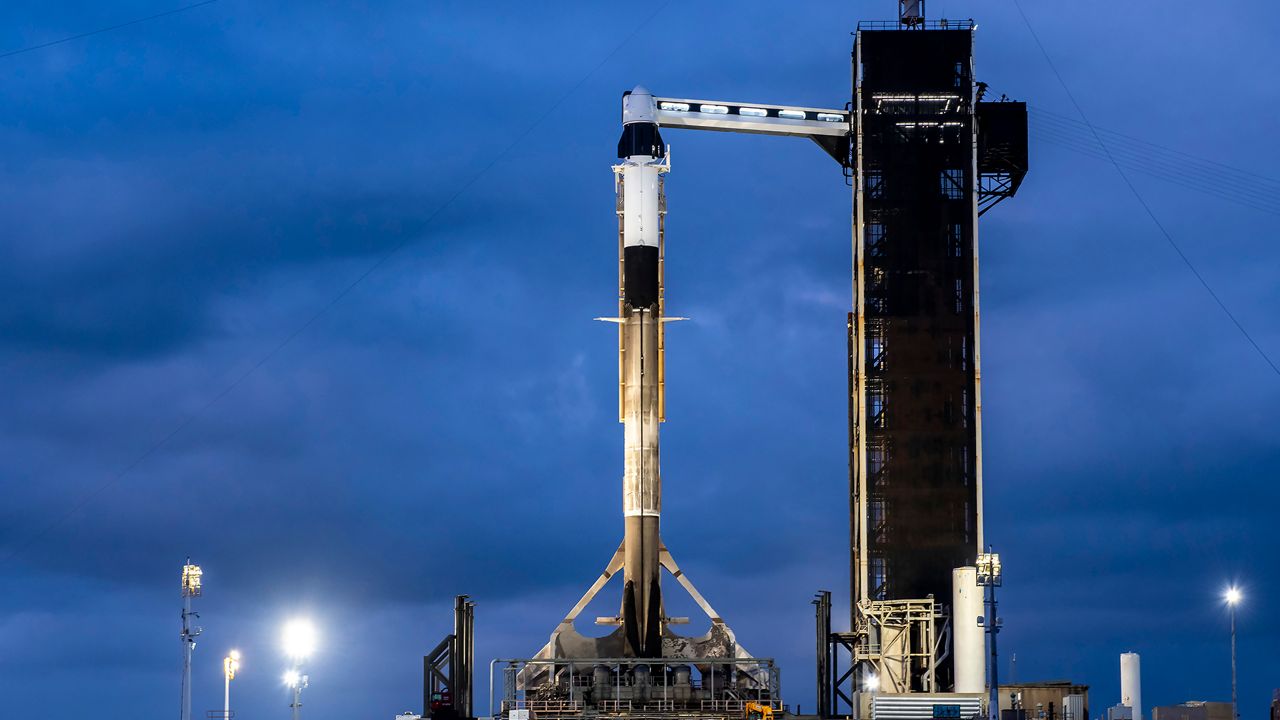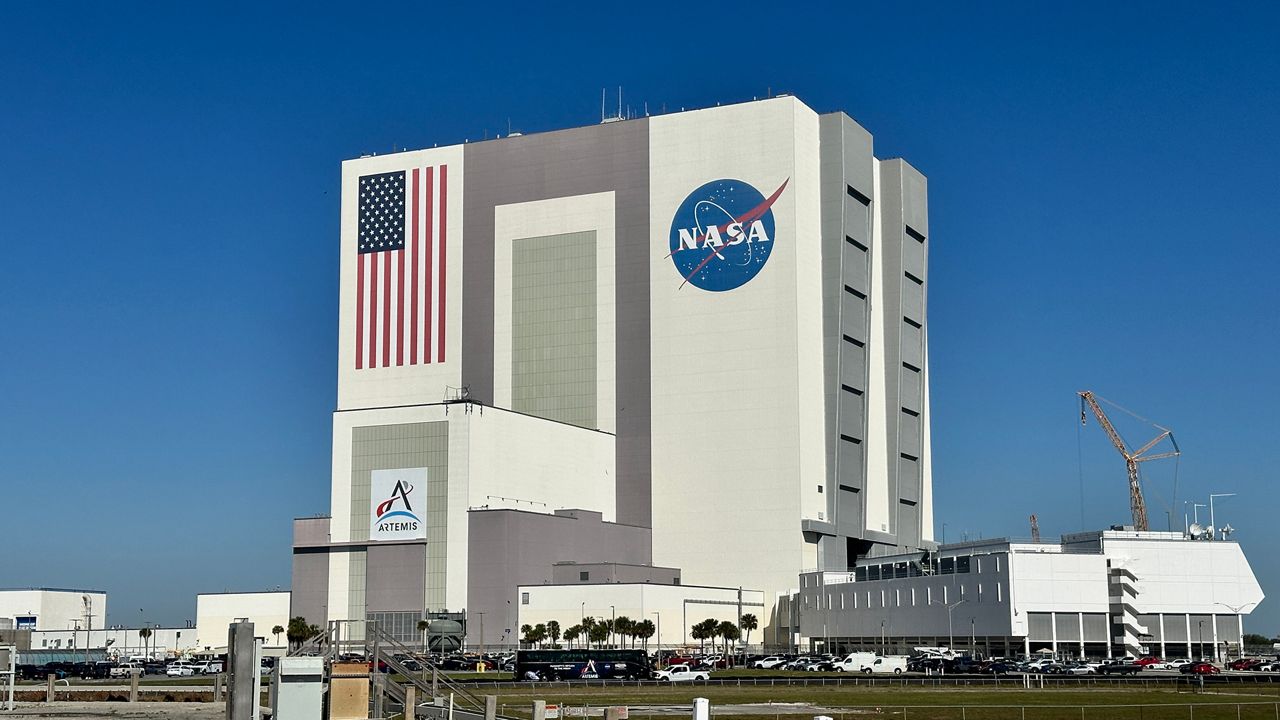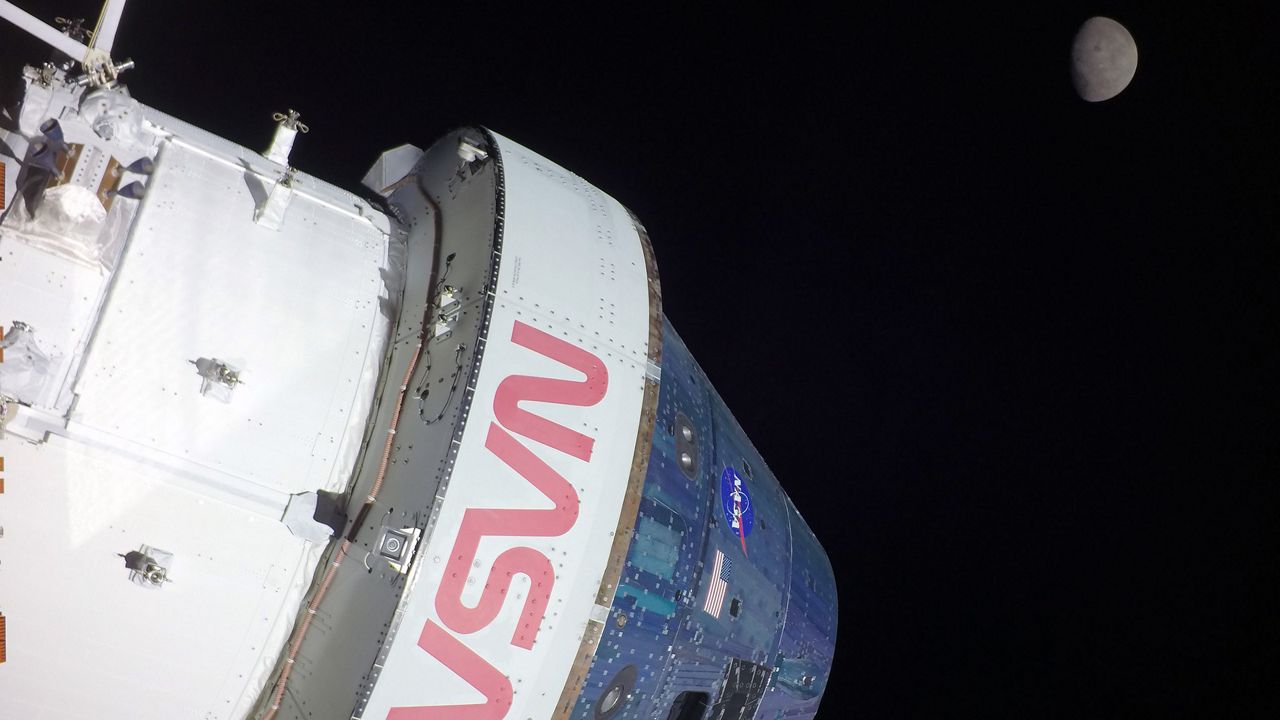CAPE CANAVERAL SPACE FORCE — Despite a few setbacks, the United Launch Alliance was able to successfully launch the SILENTBARKER-NROL-107 satellite on Sunday morning.
What You Need To Know
- Despite a few set backs, the launch was a success
- Scroll down to learn some facts about the Atlas V rocket
- Get more space coverage here ▶
- 🔻Scroll down to watch the launch🔻
Let's relive liftoff of the #AtlasV #SILENTBARKER/#NROL107 mission for the @NatReconOfc and @SpaceForceDoD! pic.twitter.com/AIBq0ZABxc
— ULA (@ulalaunch) September 10, 2023
The powerful Atlas V rocket lifted off at 8:47 a.m. ET, from Space Launch Complex 41 at Cape Canaveral Space Force Station, confirmed the Denver-based company.
The 45th Weather Squadron gave a 90% chance of good conditions for liftoff Sunday's mission, with only a cumulus cloud rule being a concern.
Trying to liftoff
As mentioned previously, there were a few setbacks to this mission.
Before Idalia became a hurricane, it was a threat enough as a tropical storm to force ULA to postpone the joint mission for the National Reconnaissance Office and the U.S. Space Force’s Space Systems Command, stated the Denver-based company.
Using ULA’s Atlas V 551 rocket, the SILENTBARKER/NROL-107 mission was supposed to liftoff on Tuesday, Aug. 29, at 8:34 a.m. ET.
“Out of an abundance of caution for personnel safety, a critical national security payload and the approaching Tropical Storm Idalia, the team made the decision to return the rocket and payload to the vertical integration facility,” ULA stated on Monday.
The next attempt was set for Saturday, Sept. 09, at 8:51 a.m. ET, but an issue with a circuit forced the private space company to scrub the mission.
“… mission has been scrubbed due to an issue found during a prelaunch ordnance circuit continuity check,” ULA mentioned in a statement both on its website and X, formerly known as Twitter.
Getting to know the Atlas V rocket
It takes a lot of fuel to get off the ground. About 66,000 gallons of liquid oxygen and liquid hydrogen are pumped into the Atlas V rocket, explained ULA. This will help the five GEM 63 solid rocket boosters go into space. The lone RL10C-1-1 engine in the Centaur's upper stage received 12,300 gallons of liquid hydrogen.
All this fuel makes the Atlas V a bit bloated and adds to the final weight at launch: 1,292,221 pounds (586,142 kilograms)!
The 196-foot Atlas V rocket’s first-stage booster does not return for a landing on a droneship or landing zone like SpaceX’s Falcon 9 rocket. Instead, it will be jettisoned and fall into the Atlantic Ocean.
Understanding the mission
Not much is known about the classified SILENTBARKER/NROL-107 mission for the National Reconnaissance Office and the U.S. Space Force’s Space Systems Command.
Through its website, NRO describes what some of its objectives are.
“SILENTBARKER is a joint NRO and U.S. Space Force Space Domain awareness mission to meet Department of Defense and intelligence community space protection needs,” it stated.
In a press release from Space Systems Command (SSC), Brig. Gen. Kristin Panzenhagen explained the purpose of these launches.
“These launches place critical capabilities into orbit for our nation and our allies in a time of increasing risks and threats. Every member of our launch team understands what’s at stake and works with both care and efficiency to prepare for what’s going to be a tremendous launch,” said Panzenhagen, SSC’s program executive officer for the Assured Access to Space.
On launch day, ULA sent out on X a bit more about the mission.
The #SILENTBARKER / #NROL107 payload is designed, built and operated by the @NatReconOfc in partnership with @SpaceForceDoD to support national security and provide intelligence data to U.S. senior policy makers, the Intelligence Community and Department of Defense.
— ULA (@ulalaunch) September 10, 2023








